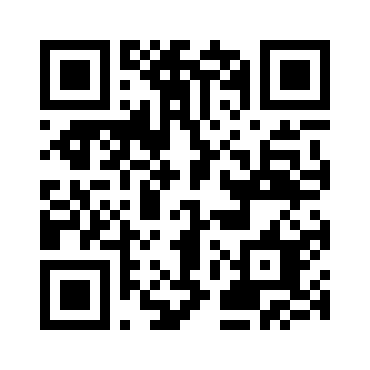
Vascular lasers are effective treatments for facial redness, prominent blood vessels and vascular lesions such as spider naevi. They can also improve the appearance of red scars. I will most commonly use Pulsed-Dye Lasers. These emit a yellow light, which is absorbed by the haemoglobin in blood vessels. This light energy causes the blood vessels to coagulate and eventually be reabsorbed by the body. Long-Pulsed Nd:YAG Lasers: Nd:YAG lasers have a longer wavelength, allowing them to penetrate deeper into the skin. This makes them suitable for treating larger, deeper blood vessels, however as they target larger blood vessels they are associated with a slightly higher risk of complications such as scarring.
Advantages
- Effective treatment for prominent blood vessels and facial redness
- Can treat hair-bearing skin
- Safer than IPL on pigmented skin types
Limitations
- A course of treatment is required to see a significant improvement
- Treated vessels can recur
Risks
Vascular laser is generally a safe and effective treatment, however risks include bruising (which can persist for a number of weeks), swelling, blistering, crusting, pigmentary change (lightening or darkening of the skin which rarely can be permanent). There is a small risk of scarring or keloid scarring, ulceration or textural change to the skin. It is essential to avoid excessive sunlight exposure and to use a sunblock cream for a minimum of 6 weeks after treatment and not to attend for treatment with a suntan due to the increased risk of complications. There is also a risk that the treated vessels can recur. A test patch is advised on a separate visit prior to treating the entire region to assess the response to laser treatment.
